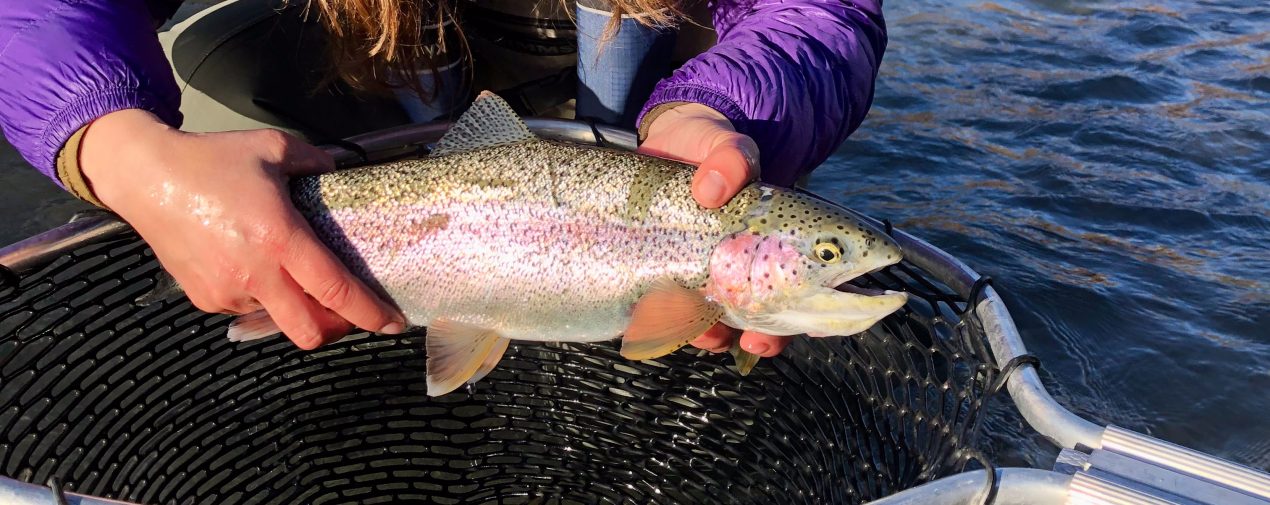Best Practices for Catch and Release Fishing
Fishing is a pastime enjoyed by many and a great way to connect to the outdoors. While it can be great to grill your fresh catch over a campfire or store in the freezer for later consumption, there are also many reasons to want to set your catch free.
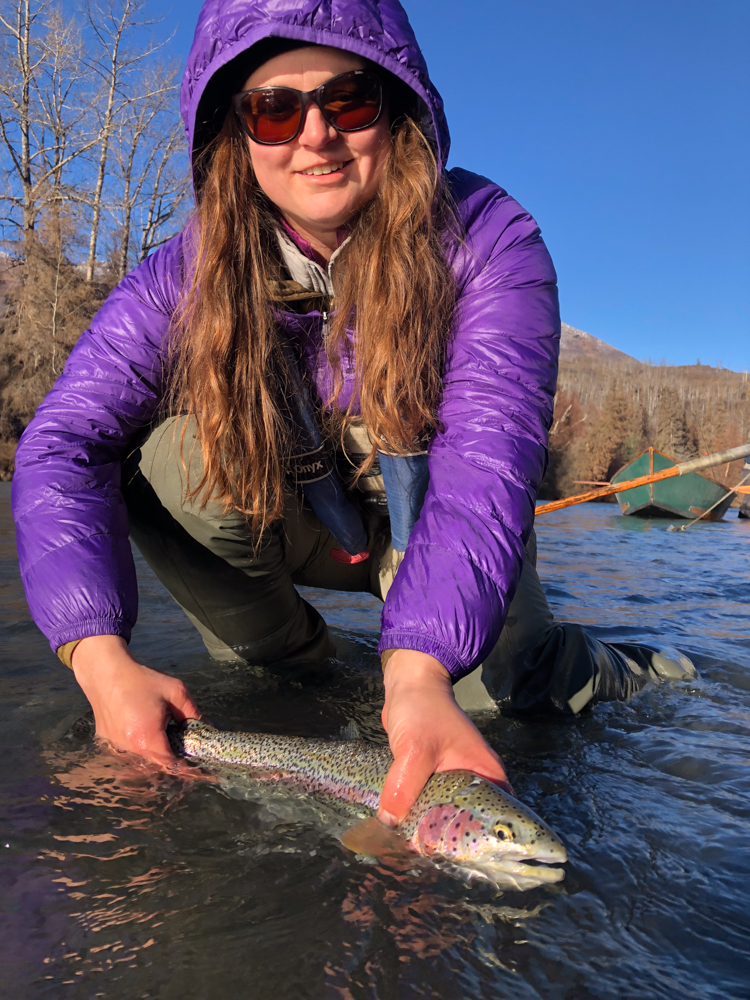
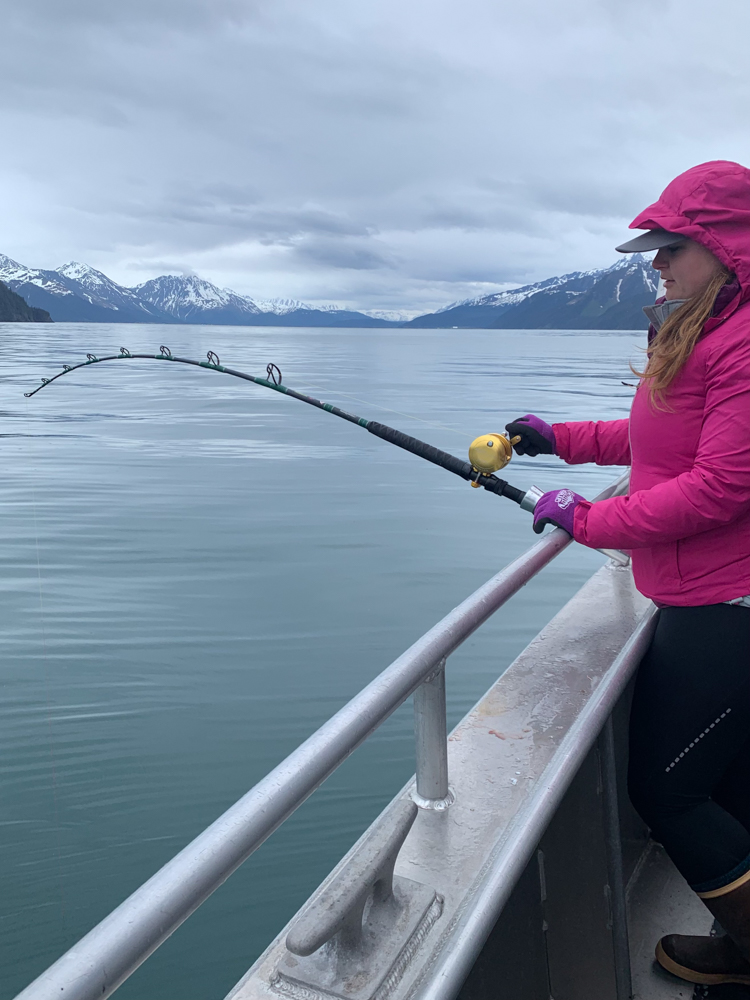
Why would you not want to keep your fish?
Some fish are not legal to retain. Often, we catch fish that are not palatable, are small in size, or yield little to no meat. Some fish species contain enzymes that cause the flesh to break down quickly making preservation nearly impossible; or maybe you don’t have a way to preserve the meat while you travel. Other fish may be more riddled with parasites than you don’t care to deal with or come from polluted waters.
If you are not going to use the fish, you should release it.
Personal ethics also frequently come into play here. Ethical reasons might include you know a species is headed towards a decline, you want your nice catch to have a chance to grow to trophy size, or you’ve caught a breeding female and you are more concerned with the proliferation of the species than keeping today’s catch. Some people who fish purely enjoy the sport and their personal ethics align only with releasing their catch.
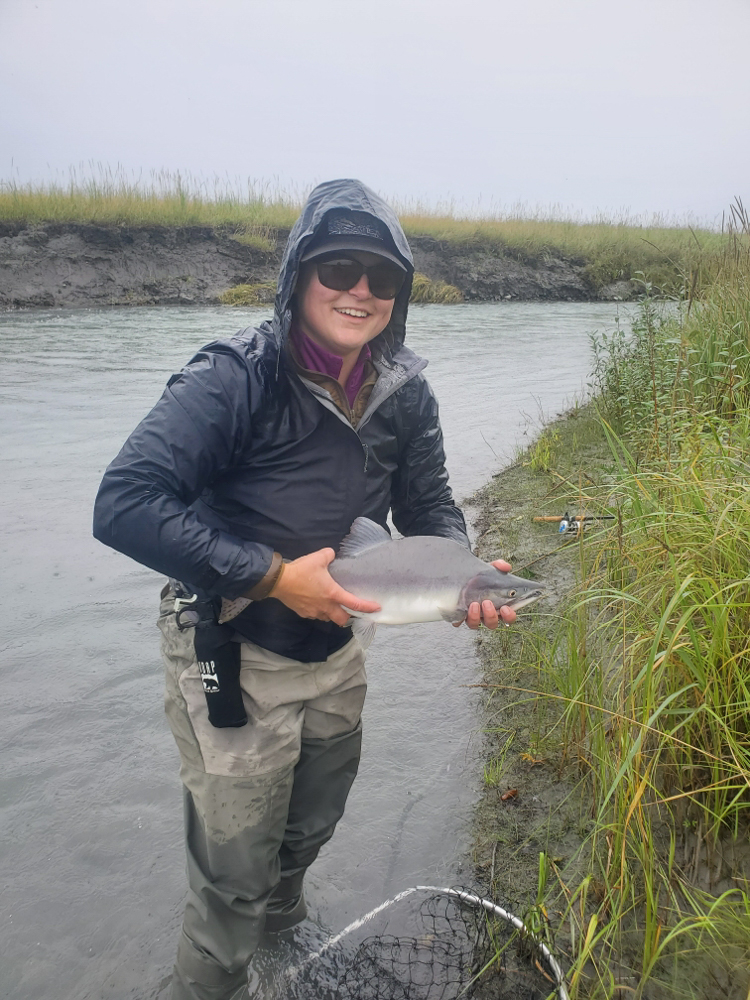
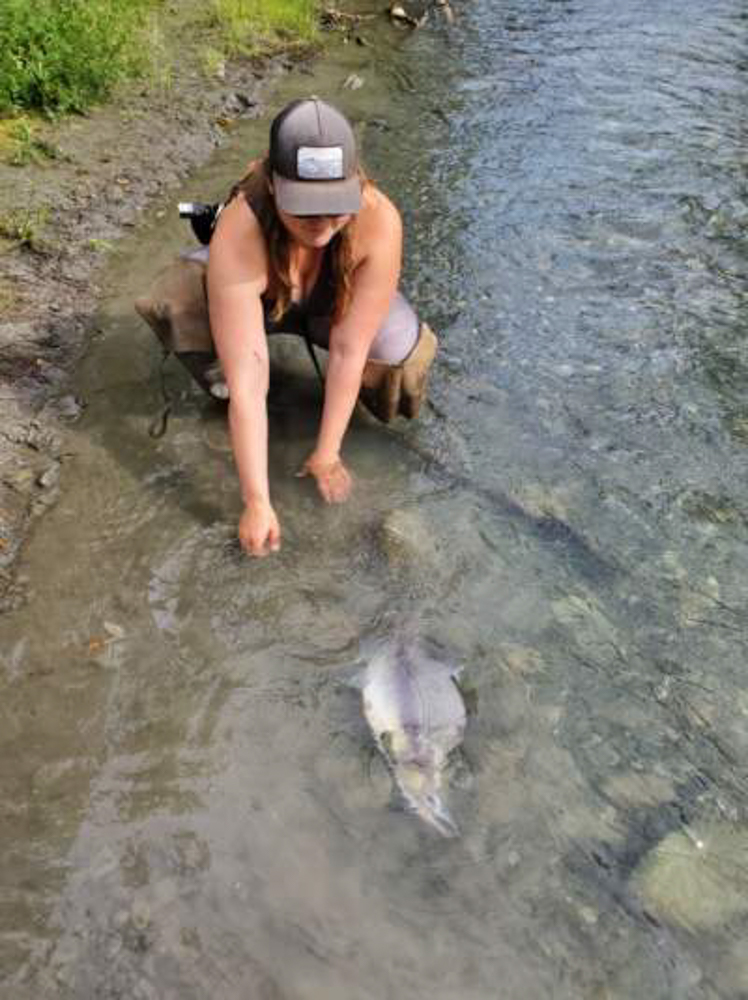
Check Your Area’s Regulations
Apart from knowing how to keep yourself and fellow fishers safe, the most important knowledge to learn before embarking on your fishing adventure is your local fishing regulations. Fishing regulations are determined by your state fish and game department after studying populations with the goal of long-term health for each species. A regulation book should be available for free in their office, anywhere that sells fishing licenses, and on-line. The regulations will tell you information like which waters are legal to fish in and when, what type of equipment and bait are legal to use, if fish can be retained and how many, and size requirements for retained fish. If you are in an area that is plagued by invasive species, you might also find that you are not allowed to release your catch. When first starting out, the regulations can seem overwhelming. I encourage anyone new to the sport to speak directly to their local fish and game office or a conservation officer. Not only are they happy to answer any of your questions, but often offer additional resources such as leads on upcoming skills classes or personal tips and tricks. They love seeing newcomers embrace the sport and fish responsibly.
One special note on releasing is to be sure to only release your catch into the same body of water from which it came. It is never permissible, apart from special permit holders, to release a fish in a different location as the ecosystem for each water system is different and you risk causing irreversible harm by altering it. These violations are also taken very seriously by law enforcement.
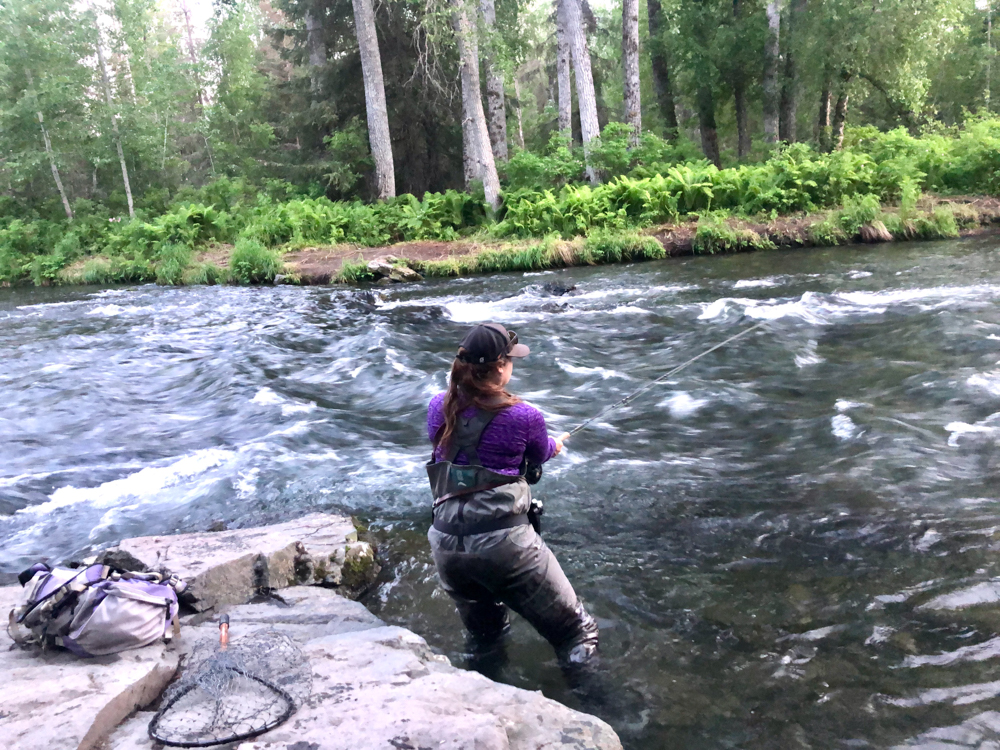
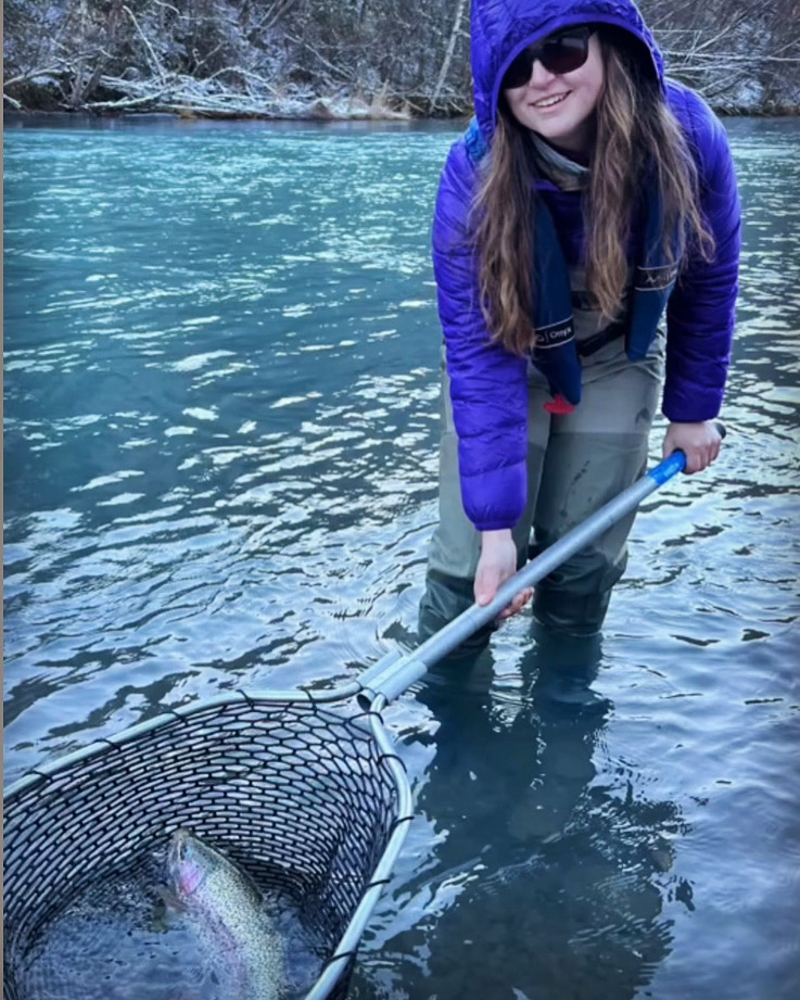
How to Safely Release Your Catch
Implicitly, the health of the fish should be top priority when releasing. Unless you are 100% certain you are going to keep a fish, I recommend caring for every fish caught as if it will be released. Just because you let a fish go does not mean it will survive. A 2005 study found that approximately 18% of fish do not survive beyond the first week after being released. Factors for fish survival include heartiness of species, gear and technique used, fish handling methods, and environmental factors. Currently, the generally accepted survival rate for released sport fish is 90%, with some groups claiming this can climb as high as 99% when proper care is taken. Here are a few easy steps we can all follow to help ensure the health of our released fish:
Use fish friendly hooks and lures
The easier it is to remove the hook, the less damage will be done to the fish. Circle hooks are best, but single, barbless J hooks also work well. If you cannot find a barbless hook, it is easy to pinch down the barbs with a pair of pliers. (You will thank yourself if you accidentally hook a finger as well!) Also, if your sole mission is to catch and release, consider using artificial lures and bait only. Fish are more likely to swallow natural bait leading to deep hooking and injury. Circle hooks also help to prevent deep hooking.
Be attentive to your line
It’s easy when fishing in a group to get distracted. While an unwatched line can result in lost fish, it can also result in the fish swallowing the bait and becoming deep hooked. Always keep an eye on your line and set your hook as soon as possible. If you are strictly interested in catch and release fishing, consider learning to fly fish. Fly gear is often lighter and can allow for better feel for what is happening at the end of your line. Learning proper hook setting techniques also help reduce your chances of foul hooking or hooking the fish anywhere but the mouth. Injuries to other areas of the body have a higher chance of infection and, subsequently, long term mortality.
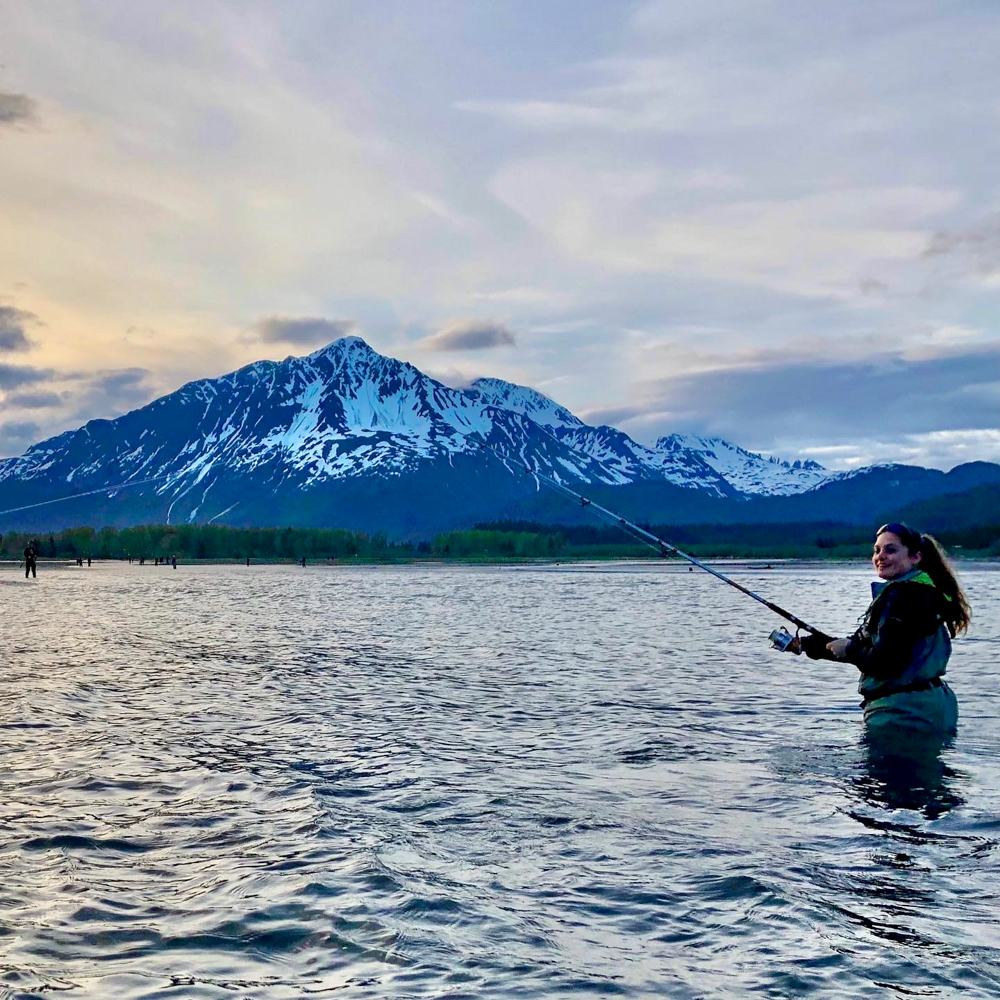
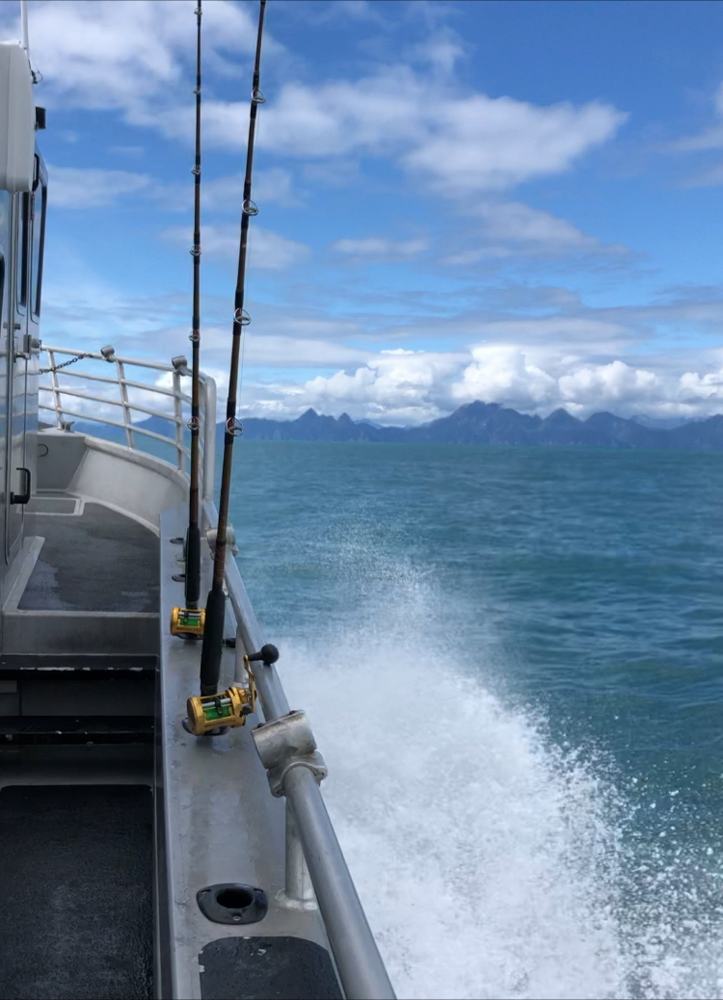
Minimize time spend fighting the fish
We get it. The only thing more exciting than a large fish taking off with your line is having a crowd watch you battle it. As much fun as it might be for you, this is a stressful time for the fish. Learn to play the fish just long enough that you can comfortably reel it in and get ready to release it. This will help reduce not only stressing the fish, but physical injury as well. Using a heavier weight fishing pole and line also help to reduce fight time and allow you to bring the fish in sooner.
Use a landing net
While being pulled in by a hook is certainly uncomfortable, being lifted through the air by a hook without the water to support your weight is likely even less comfortable. It’s also much easier to lose fish (as well as your tackle) pulling them out of the water with just your line alone. As soon as the fish is close enough to the boat or shore to reach, secure the fish with a net. Keep the fish contained in the water with the net until the hook can be removed. While using any net is better than no net, rubber nets are believed to do less damage to the protective outer layers of the fish and should be used whenever possible.
Be efficient when removing the hook
If you are lucky and using a fish friendly hook, you will be able to wiggle the hook backward with your fingers and pop it out quickly. Otherwise, be prepared with a pair of pliers or a dehooker tool to remove the hook quickly. Dehooker tools are inexpensive and often allow you to remove the hook without taking the fish out of the water. If the hook is very deeply set, cut your line as close to the hook as possible before releasing the fish. The hook will break down and the fish will still have a chance at survival.
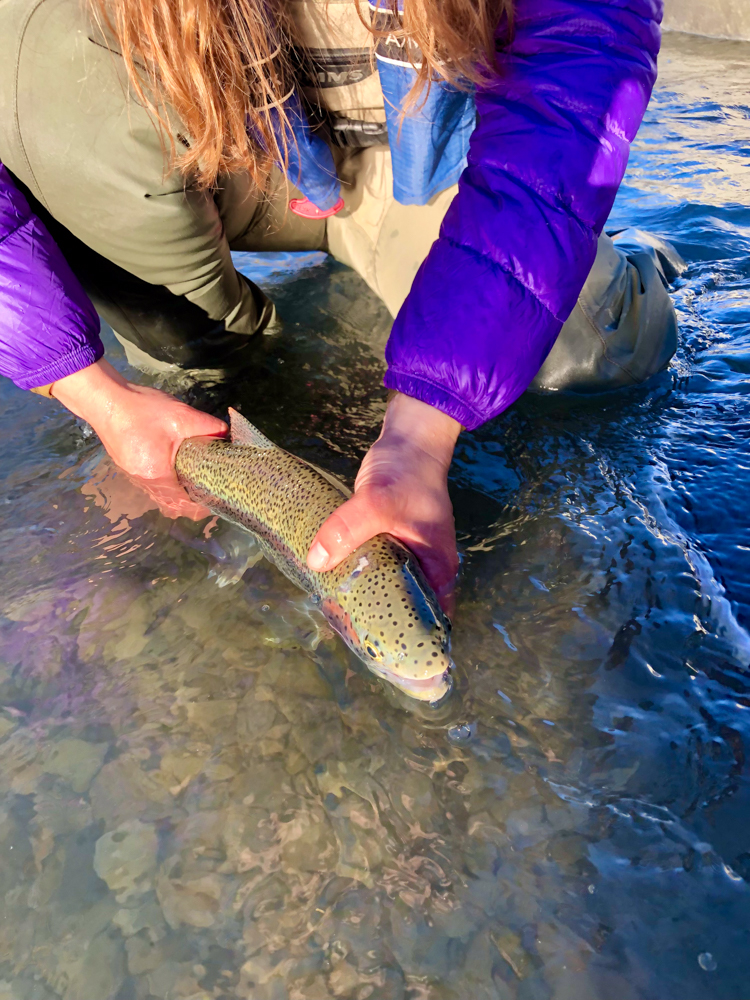
Take care when handling the fish
Keep in mind the obvious fact that fish live and breathe in the water and must remain wet to survive. Wet your hands before handling the fish and avoid using gloves. Avoid touching sensitive areas of the fish such as the gills and eyes. Keep the fish in the water as much as possible. If you must take a picture with the fish out of the water, have someone ready with the camera, lift the fish by supporting the mid-section (as well as gripping the tail area if the fish is larger than your hand), and return to the water as quick as possible. Consider taking photos with the fish still suspended in the water. The social media campaign #keepfishwet has gained a great following in the last few years.
Be cognizant of extreme weather conditions
As waters approach 65°F, fish become stressed. Even when properly handled, most fish species will have higher mortality rates when released if they are already stressed from environmental factors. During hot weather events, consider targeting fish in cooler alpine lakes or streams if you must go fishing. On the other hand, removing fish from the water when ice fishing during extreme cold can also cause harm to the fish. Removing a fish from the water when temperatures dip below freezing subjects them to rapid heat loss, which is accelerated if the fish is placed on the ice or snow. Exposed soft tissue areas such as the eyes or gills may become damaged. During extreme cold, it’s best to not remove the fish from the water.
Assist in Release
Typically, a fish will be eager to get away from you upon release. Even the best intentioned plans can fail, however. If your fish is feeling a bit weak, you can help revive it. The idea is to get water passing through its gills to get them more oxygen. If you are fishing in still water, gently move the fish in a figure 8 pattern underwater while supporting its weight. If you are fishing a moving stream, face the fish towards the current while submerged, support its weight, and hold the tail to keep it from being swept away in swift current situations. It may take a few minutes, but this technique can sometimes help exhausted or oxygen deprived fish regain strength.
Bonus: While looking at your gear stash, consider switching over to lead free tackle. Lead leaching into the water is unhealthy for anyone, but wayward lead tackle causes some serious risks to waterfowl. Lead ingested by birds can accumulate in their gizzards, causing it to break down and be absorbed into the blood stream. Swapping out lead gear is an easy way to help our feathered friends survive, too.
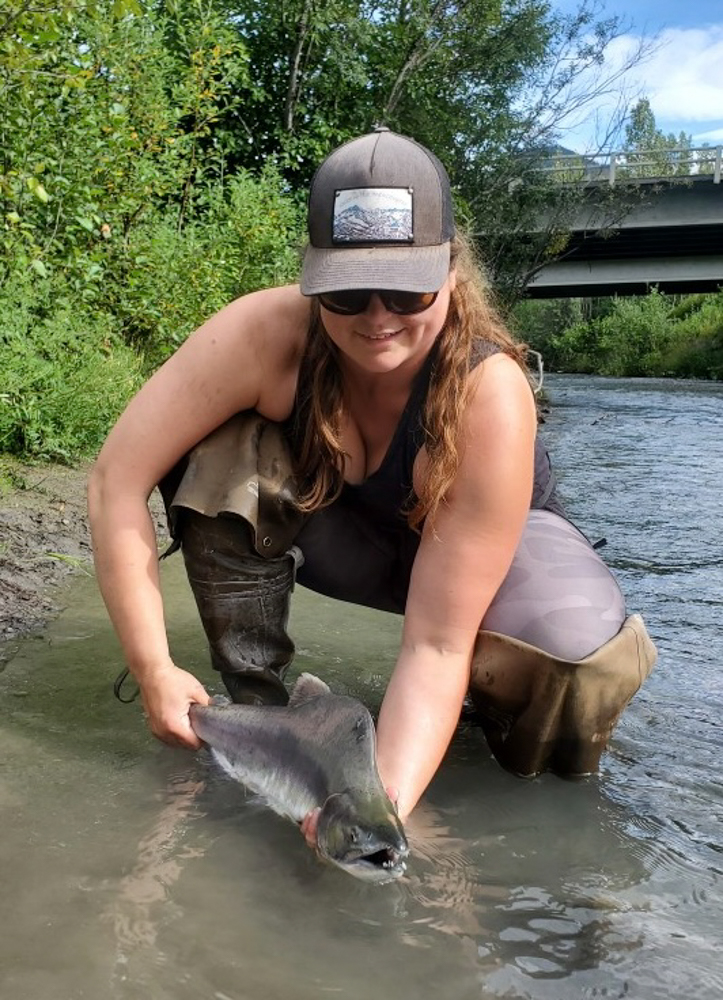
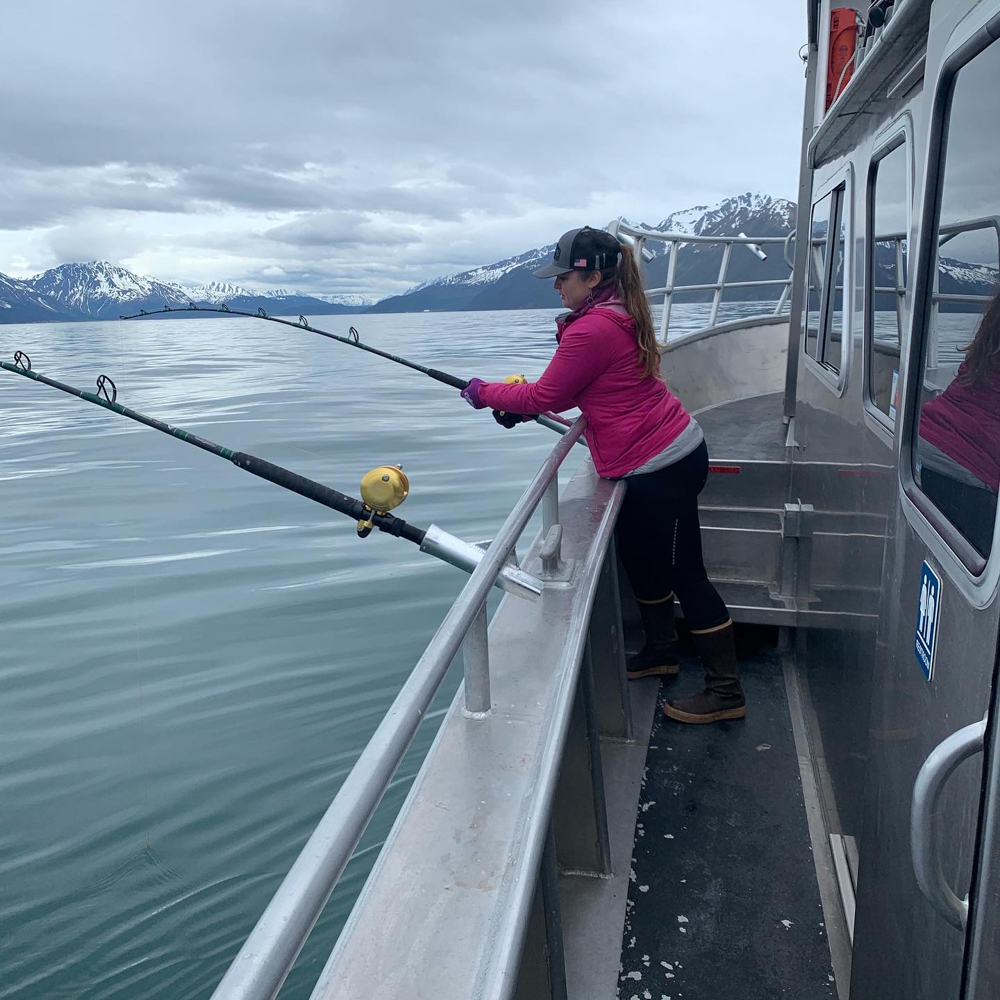
The Final Word
While there will be some unfortunate mortality despite best handling practices, more fish survive being released than if they were all harvested. Fishing is something that is sacred to many of us for a multitude of different reasons. By adopting these best practices and making a few simple gear modifications, we can help keep it accessible to all for generations to come.
About the Gear Tester

Michelle Beadle
Michelle currently resides in Alaska working and volunteering in the conservation field for various government, tribal, and non-profit entities on projects in remote areas. When not at work, you can find her hiking, skiing, climbing, horseback riding, running, biking, hunting, fishing, or trying out new ways to explore the outdoors. She can be found on Instagram under michelle_ventures.

